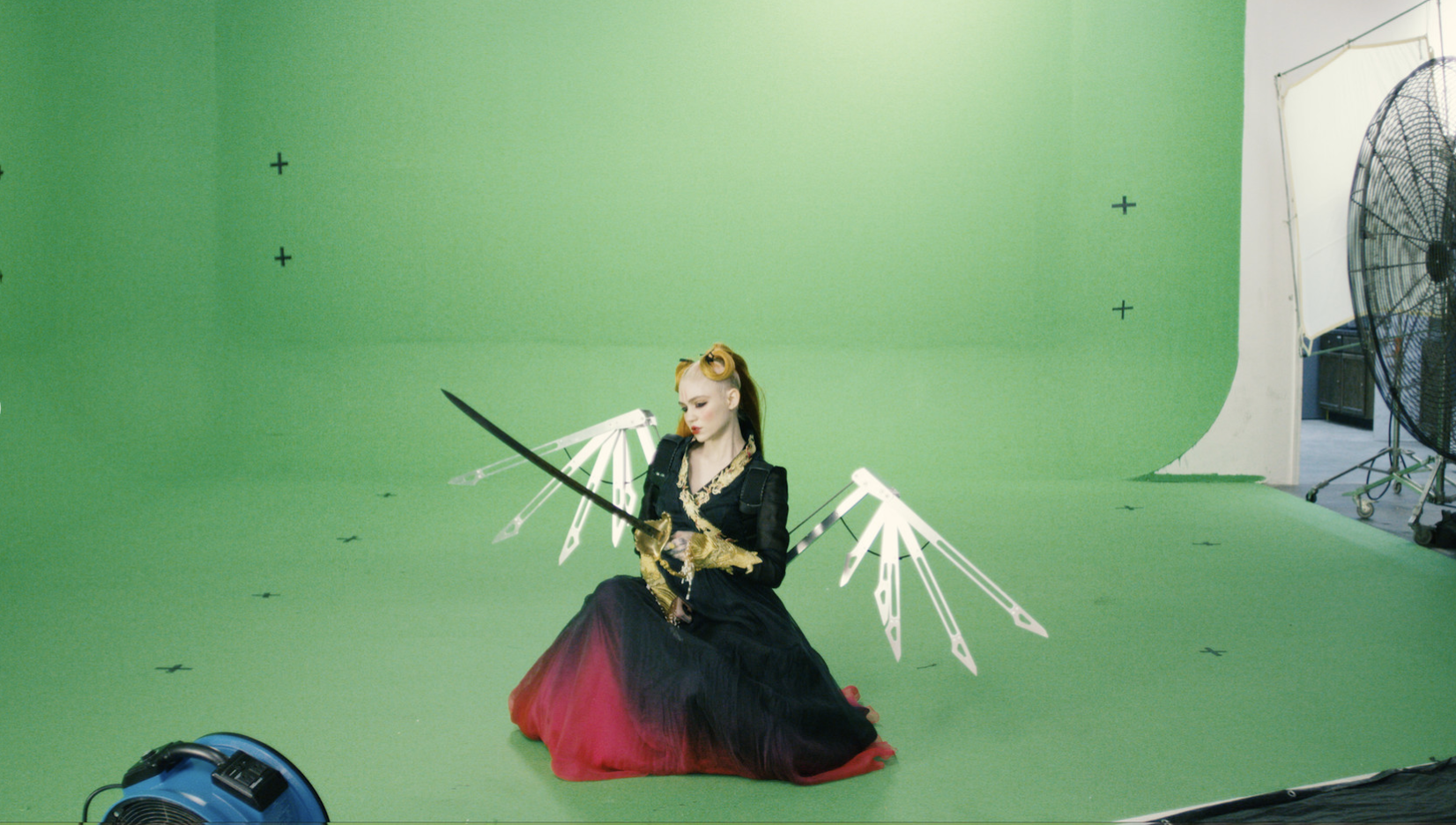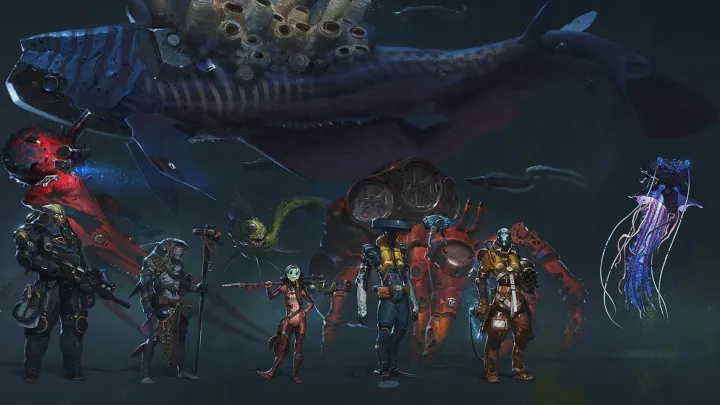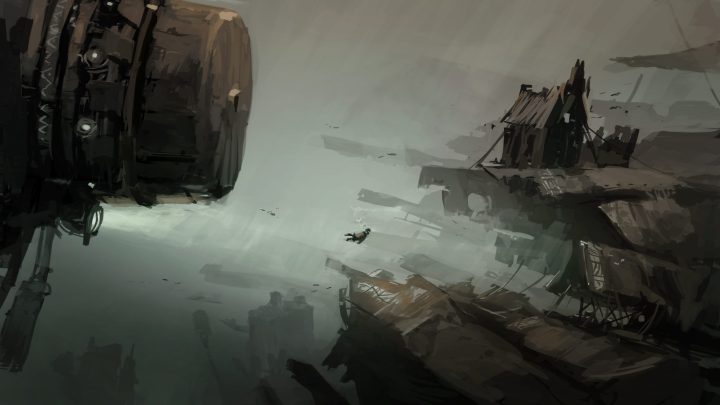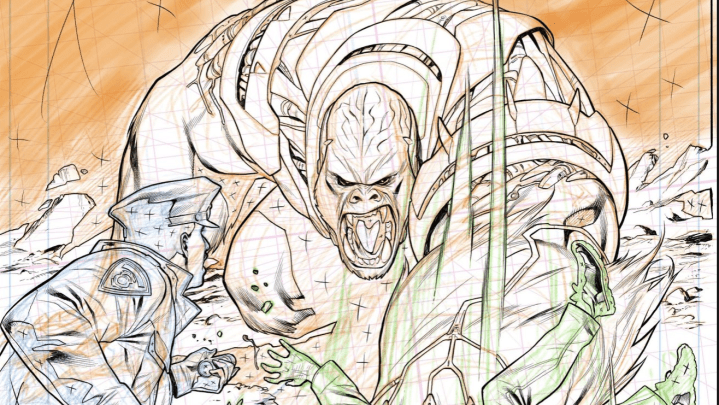Grimes Invites Artists to Take Part in DIY Art Project
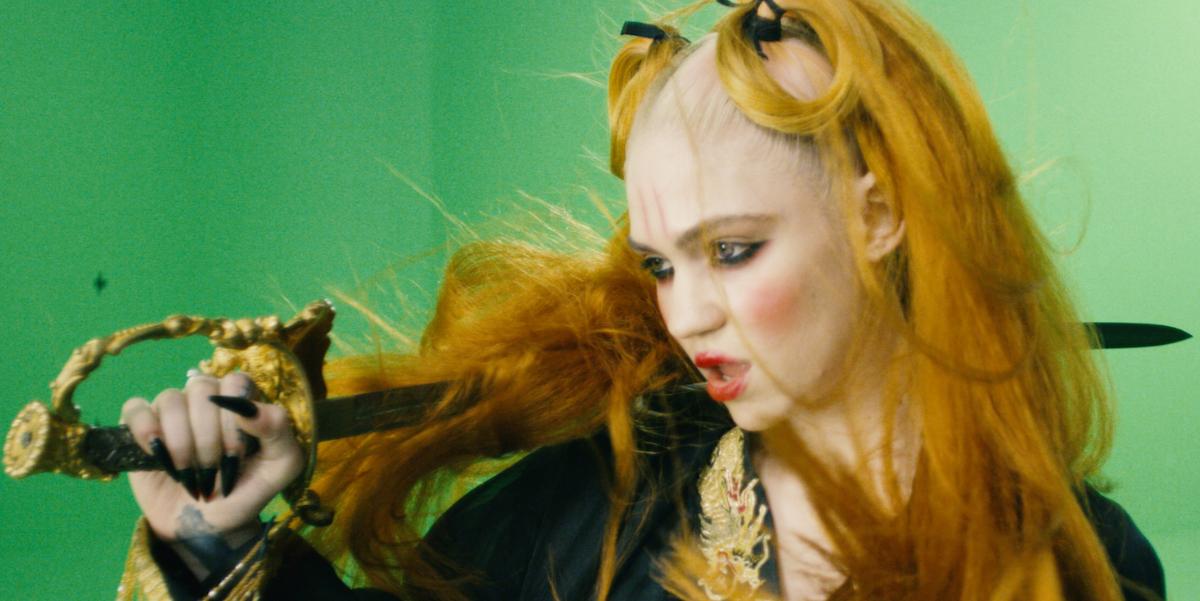
Grimes just released a new music video for “You’ll Miss Me When I’m Not Around” and she’s encouraging creators to come up with their own version of the video. The Canadian musician grew up on bootleg sampling and DIY creation and considers it a vital part of exploring personal style and creativity. For this collective art project, her team filmed in front of a green screen and are sharing raw files and audio stems for anyone to participate.
You can download the raw files on Grimes’s ArtStation page, here.
Watch the Official Music Video for “You’ll Miss Me When I’m Not Around”:
How to Participate
- Import the Grimes Art Kit assets to your preferred software.
- Use assets to create your art.
- Upload your art to YouTube with “You’ll Miss Me When I’m Not Around” in the title and
include #GrimesArtKit in the description. - Share your YouTube link by tweeting @Grimezsz and include #GrimesArtKit. You can also
share with her on Instagram by tagging @Grimes and including #GrimesArtKit - As an optional step, feel free to post some of the assets you created or breakdown of your process to your ArtStation with the same tag.
The video was produced by Mac Boucher, co-founder of Media Empire. He chatted with us to talk about the concept of the video and how his collaborations with Grimes have evolved over the years:
On the concept behind the “You’ll Miss Me When I’m Not Around” video:
This video was part of a series that was originally intended to be lyric videos. We shot 5 over the course of the weekend with the goal of learning new software, rendering techniques, and playing around with digital environments. However, the performances, the fashion, etc, were all awesome so we thought we could make something a bit extra with them. We thought it was an opportunity for fans and other artists to learn and create alongside us.
As far as our original concept for this particular one, I don’t want to contaminate anyone’s artistic instinct too much but we were exploring the remnants of a gruesome medieval battle. With that said, I think it’s important for people to explore any direction they’re drawn to.
As for advice for newcomers in the 3D space (something I still am), something to bear in mind is your render cost/time. Speaking in 3D terms, how many polys is your scene? How many samples is it? Could you decimate objects in the distance to free up closer detail? Is the perception of volumetrics necessary to render or could you composite in later on? What type of render engine are you using? Is it real-time or is it path tracing? What does your audience see vs what do you see and how can you adjust? None of this takes into account the camera tracking and the keying and rotoscoping which are more of the mundane but super necessary parts of making this work.
What we’d love to see is people who’ve never had the need or reason to explore this way of creating, feel like they have a canvas to work with. And while I mostly reference 3D techniques and software, it’s by no means limited to that. If you’re a traditional animator, we’d love to see what you can do. If you have awesome film plates that you’ve never had reason to use, test it out. If you want to learn a new skill, there’s an abundance of information at your fingertips.
As someone who creatively collaborates with Grimes often, how would you describe the style you’ve developed together?
I don’t know if one can or should describe their style, as hopefully, it’s always changing. We tend to, or at least I do, get bored easily. So experimenting is definitely the ethos of our collaboration. I think one of the struggles that we’re constantly at battle with is wanting to make something as big as the imagination while being limited to the realities of film production – how much budget do we have, how much crew can we hire, can we afford this location or do permits not allow us to shoot past 6 pm, is that outfit available or did the designer loan it to someone else. The creative then becomes secondary to the brokerage of our limitations. This is why we’re leaning very hard into the 3D space and taking the time and effort to understand the entire ecosystem from conventional modeling to game engines. Not only will it allow us to immerse ourselves in a world we could never create in the real world, but it also allows us to make alterations we could never do with baked-in film or hard drives.
With 3D, you’re not just making a music video but also an immersive environment that could become a photoshoot, a game, or that could be revived in the future to add to the narrative lore of the project. It’s super dynamic. The tools are super accessible with free and insanely powerful software like Blender and Unreal Engine. New render engines are making more efficient processing so you don’t need a supercomputer to make amazing stuff. There are loads of tutorials on Youtube and developers on Twitter iterating on techniques. Our style is to try and be as creative as possible while experimenting with new and accessible technology. That’s whether it’s DSLR’s, iPhones, or free software which allows you to be less of a manager and more of a creator.
Many know Grimes for her music but what can you tell us about her as a visual artist?
Visual art is less mathematical and more instinctual so it’s hard to really describe her process as it’s like describing the weather. It may be sunny or rainy but the physical properties that created that storm are much more complicated. I’d say she’s a moderate maximalist and has a library of references in her head that she’s able to filter into a Grimesian universe, unlike any other artist I’ve collaborated with. Although, she’ll probably morph into something completely new in the next cycle.


